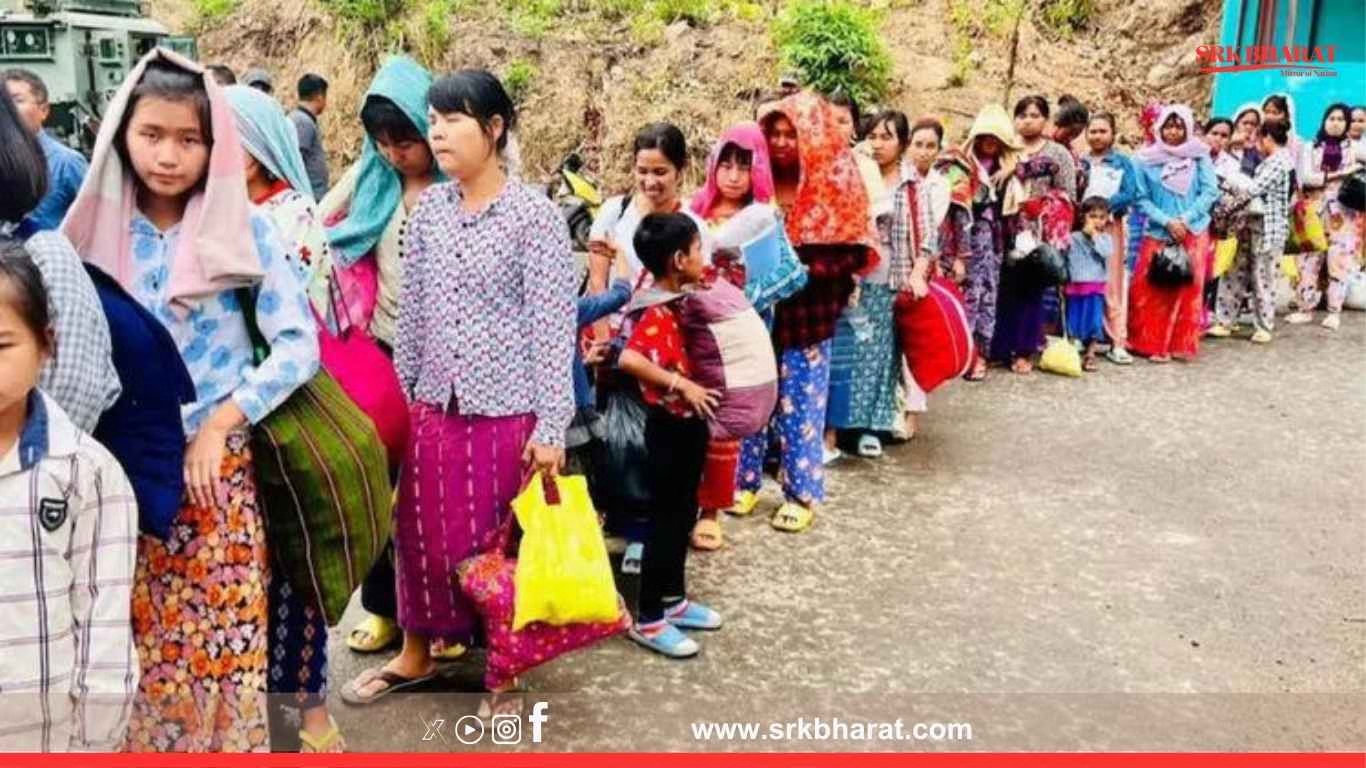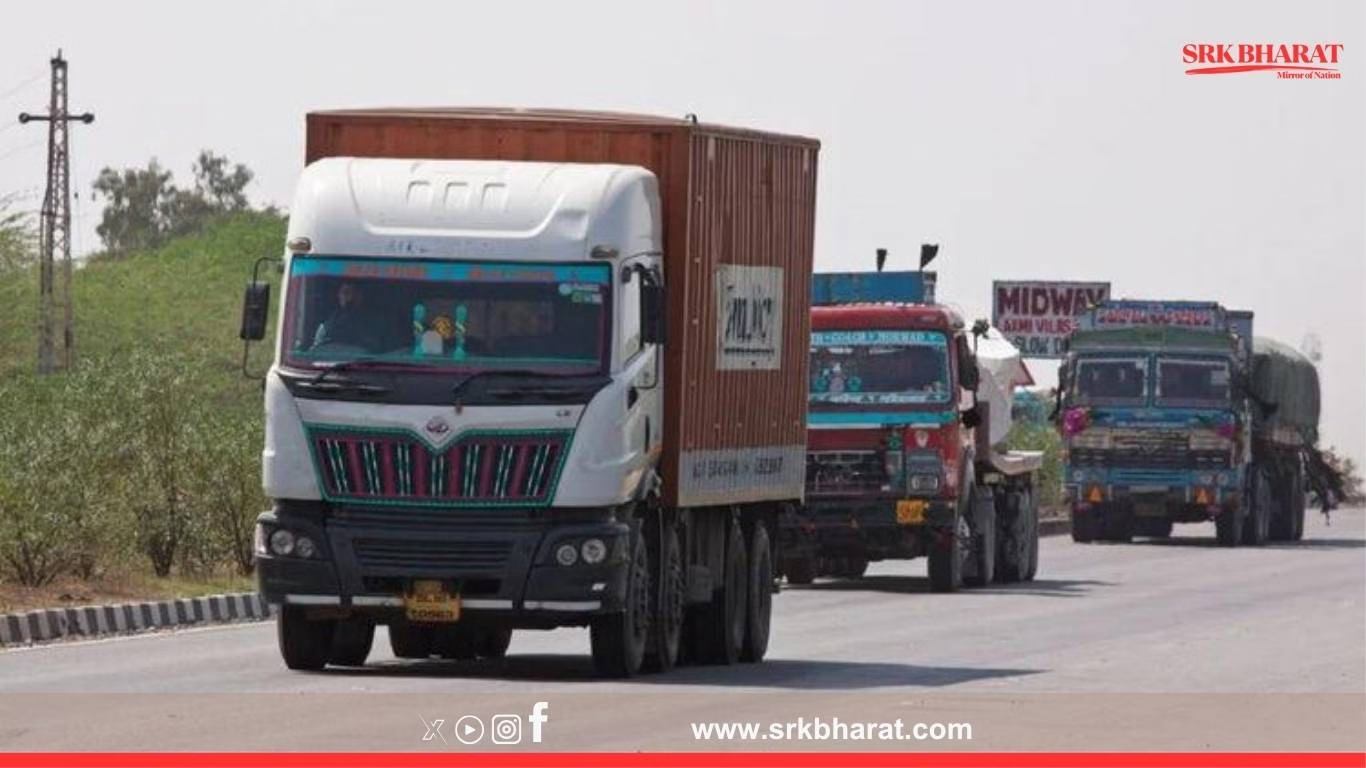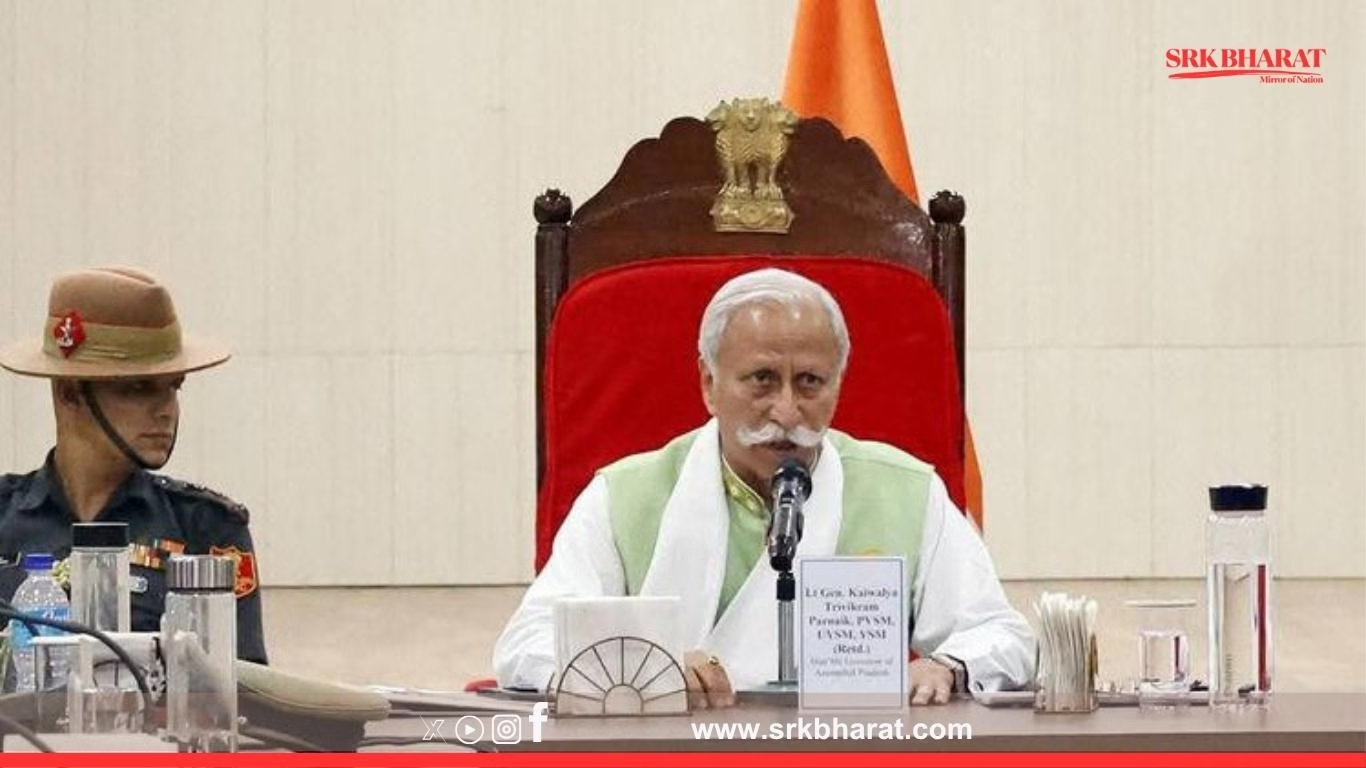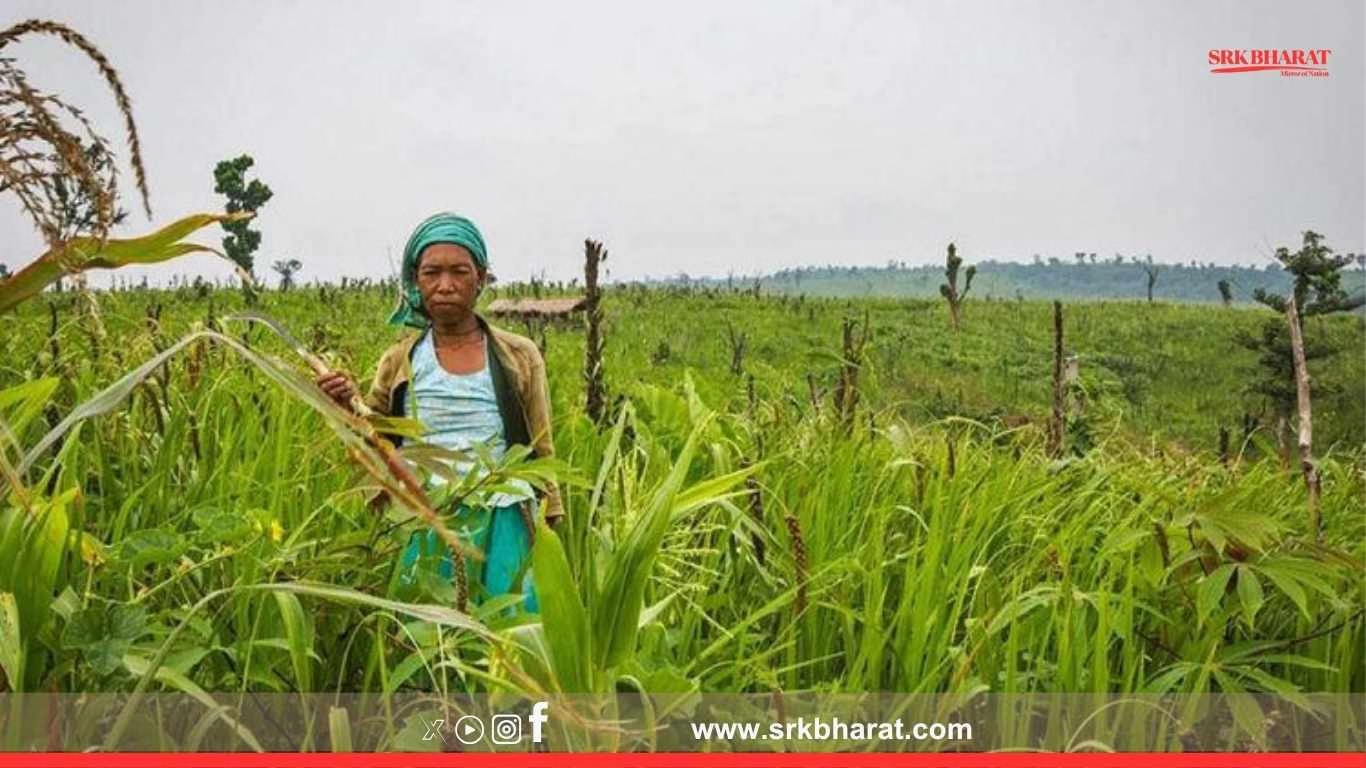In a crucial move towards strengthening its climate resilience, Sikkim has successfully completed a scientific expedition to assess high-risk glacial lakes in West Sikkim, aiming to pre-empt potential glacial lake outburst flood (GLOF) disasters in the fragile Himalayan ecosystem. The study comes amid growing global and regional concerns over the melting of Himalayan glaciers and sudden lake breaches threatening lives, infrastructure, and biodiversity.
Why The Expedition Was Conducted
The Himalayan region, including Sikkim, has witnessed an accelerated glacial retreat due to climate change. This has resulted in the formation and expansion of glacial lakes, increasing the risk of sudden breaches known as GLOFs. Recent satellite studies by ISRO and international agencies have flagged several such lakes in Sikkim as vulnerable.
The Department of Science and Technology (DST), Government of Sikkim, in collaboration with the National Centre for Polar and Ocean Research (NCPOR) and glaciology experts, launched this detailed ground-based expedition last month.
Key Objectives Of The Assessment
- Identify critical lakes prone to outburst flooding
- Measure lake depth, volume, and surrounding moraine dam stability
- Analyse upstream glacial melt rate contributions
- Develop a hazard vulnerability assessment for nearby settlements
Major Glacial Lakes Assessed In The Expedition
| Lake Name | Location | Key Risk Findings |
|---|---|---|
| South Lhonak Lake | Near Lhonak Glacier, West Sikkim | Rapid expansion observed; high GLOF risk |
| Changsang Lake | Near Nepal border | Moderate moraine dam stability; requires monitoring |
| Tso Lhamo Lake | Near Gurudongmar | High altitude lake; currently stable but glacier retreat continues |
South Lhonak Lake, in particular, remains a major concern, as it has expanded significantly over the last two decades, with potential flood threats to downstream Teesta river basin settlements and hydropower assets.
Findings And Recommendations From The Expedition
1. South Lhonak Lake: The Most Critical Threat
The expedition found that South Lhonak Lake has:
- Increased in area by nearly 2.5 times since 1990s
- An unstable moraine dam holding glacial meltwater with visible seepage points
- Increased risk of breaching due to landslides, glacial calving, or seismic activity
Recommended Mitigation Measures:
- Construction of early warning systems with real-time lake level sensors
- Controlled drainage to reduce lake volume
- Regular remote sensing-based monitoring supplemented by ground surveys
2. Climate Change Acceleration
Experts noted that rising temperatures are enhancing glacial melt rates, adding volume to existing lakes. Sikkim’s glaciers have been retreating at an average rate of 13-20 metres annually, contributing to lake formation and expansion.
3. Need For Integrated Disaster Management Plans
The team recommended that district administrations integrate GLOF risk assessments into local disaster management plans, identifying vulnerable villages, hydropower stations, and transport infrastructure in potential flood paths.
Statements From Experts Involved
Dr. Sonam Wangchuk, Lead Glaciologist
“This expedition has provided vital ground-truth data to complement satellite monitoring. South Lhonak Lake remains the most critical and immediate risk that needs structural and technological interventions.”
Tashi Lepcha, Climate Policy Officer, Sikkim
“People downstream have been living with fear. Real-time monitoring and community drills will be essential alongside structural mitigation to build resilience.”
Past Incidents Highlighting GLOF Threats In Sikkim
In October 2023, a partial outburst from South Lhonak Lake caused massive flooding in Teesta river, damaging hydropower stations, bridges, and sweeping away settlements. Over 40 lives were lost and economic losses crossed ₹1,000 crore, underlining the urgency of such scientific assessments.
Government’s Action Plan Post Expedition
The Sikkim government plans to:
- Collaborate with NDMA and CWC for establishing a GLOF early warning network
- Seek funding under National Adaptation Fund for climate-proofing critical sites
- Implement pilot controlled lake drainage projects starting with South Lhonak
- Train local communities in evacuation drills and rapid response for GLOF emergencies
Significance For India’s Overall Himalayan Strategy
The Ministry of Environment, Forest and Climate Change (MoEFCC) has identified over 3,000 glacial lakes in the Indian Himalayas, of which over 300 are considered potentially dangerous. Sikkim’s initiative is expected to serve as a model for Uttarakhand, Himachal Pradesh, Jammu & Kashmir, and Arunachal Pradesh, where similar risks loom.
Climate Scientists Call For Long-Term Solutions
Experts advocate:
- Strengthening cross-border data sharing with Nepal, Bhutan, and China for transboundary lake risks
- Accelerating Himalayan glacier monitoring missions combining ISRO satellites, UAVs, and ground expeditions
- Integrating GLOF hazard maps into hydropower project planning and approvals
Voices From Affected Communities
Residents downstream of South Lhonak Lake expressed mixed reactions. While they welcomed scientific assessments, they urged immediate implementation of mitigation projects. Karma Bhutia, a farmer in Lachen valley, said:
“We live in constant fear of sudden floods. Assessment is good, but we need real protection on the ground.”
Global Attention On Himalayan Glacial Risks
The expedition also aligns with global efforts under ICIMOD’s cryosphere monitoring initiatives, aiming to understand and adapt to climate change impacts in the Hindu Kush Himalaya region, home to over 54,000 glaciers.
Conclusion
The successful completion of this scientific expedition marks a critical step towards enhancing disaster preparedness in Sikkim. However, the findings underscore the urgency of swift structural, technological, and community-based interventions to safeguard lives, ecosystems, and strategic infrastructure in the state’s climate-vulnerable zones.
As Himalayan glaciers continue to retreat under climate change pressures, Sikkim’s proactive assessment offers valuable lessons for other Indian states and South Asian neighbours, highlighting the need for collaborative, science-driven, and people-centric solutions to tackle high-mountain climate risks.
Disclaimer: This news content is based on official statements, expedition findings, and expert insights. It does not constitute environmental risk advice or emergency guidelines. Readers in vulnerable regions are advised to follow government advisories and disaster management instructions for safety.











